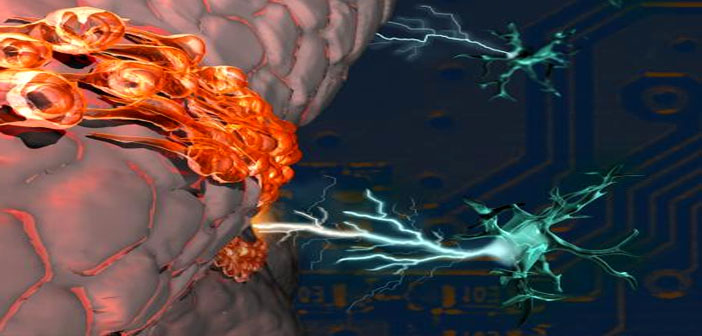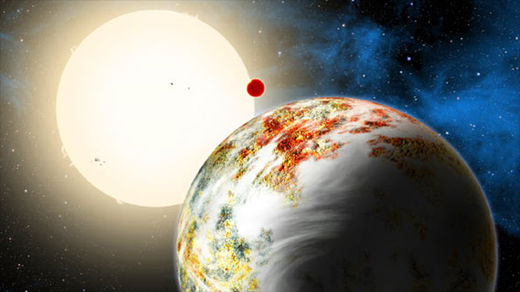"I realise now that I wanted to disappear. To get so lost that nobody ever found me. To go so far away that I'd never be able to make my way home again. But I have no idea why." -Jessica Warman
When you lie down on your back on a clear, dark, moonless night, what is it that you see? If your vision is outstanding and observing conditions are just right, you're likely to see not only a few planets and thousands of stars, but also star clusters, some faint nebulae, the plane of the Milky Way, and maybe even a distant galaxy or two.
But when you start to look more deeply - beyond what you can see with your naked eye - you start to find that there's an amazing Universe
past our own galaxy, past the stars, clusters and nebulae of the Milky Way out there. What once seemed like faint, fuzzy, inconsequential smudges have since revealed themselves to be distant galaxies, or island Universes not so different than our own, consisting of anywhere from hundreds of millions to many
trillions of stars.

© Royce Bair
And the Universe is full of them, with roughly as many galaxies in the part observable to us as there are stars in the entire galaxy we inhabit.
What's perhaps surprising about these galaxies is that the farther away we find them, the
faster they appear to be moving away from us. This was one of the most puzzling discoveries of the early 20th century, and it was finally put into order by Edwin Hubble (and, independently, Georges Lemaître) who realized that this was a consequence of living in an expanding Universe.
The resultant relation - that the farther away a galaxy is from us, the faster it appears to recede - is known as
Hubble's law. The only exceptions to this rule happen when a galaxy has been subject to an intense,
local gravitational interaction, giving it what's known as a significant
peculiar velocity. But on the largest scales, Hubble's law, or the velocity/redshift relation, shows itself incredibly clearly.
You might instinctively wonder,
especially if you know about the framework of the Big Bang, whether this will continue forever or not? Hubble's famous law was formulated all the way back in 1929, and for the majority of the 20th century, scientists were seeking the answer to that very question.
Read more
here.



Comment: Noctilucent clouds are becoming more frequent and at latitudes where they were almost never seen before. For an explanation of this phenomenon and many other weather anomalies reported by SOTT over the years, see Pierre Lescaudron's new book Earth Changes and the Human-Cosmic Connection